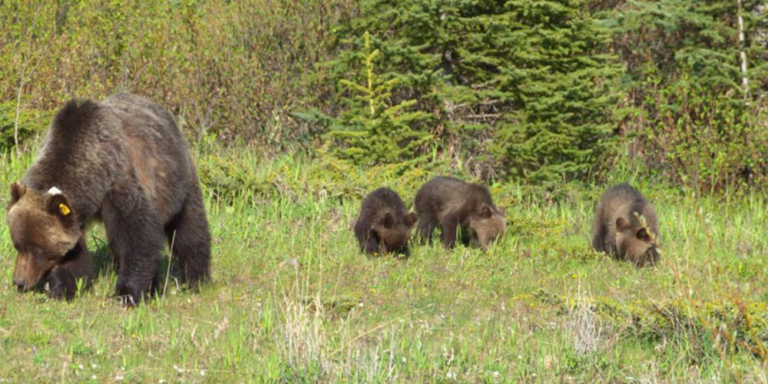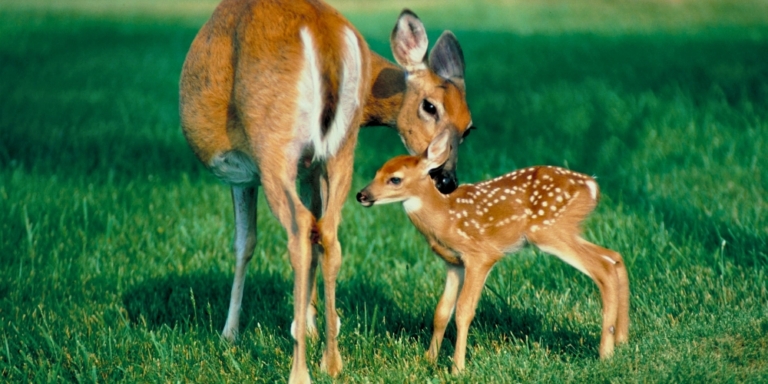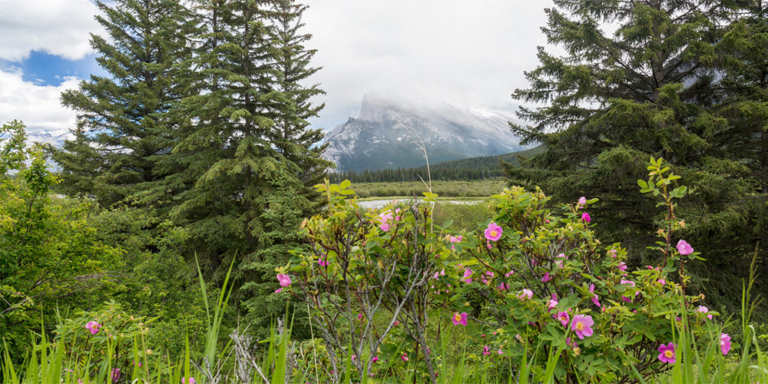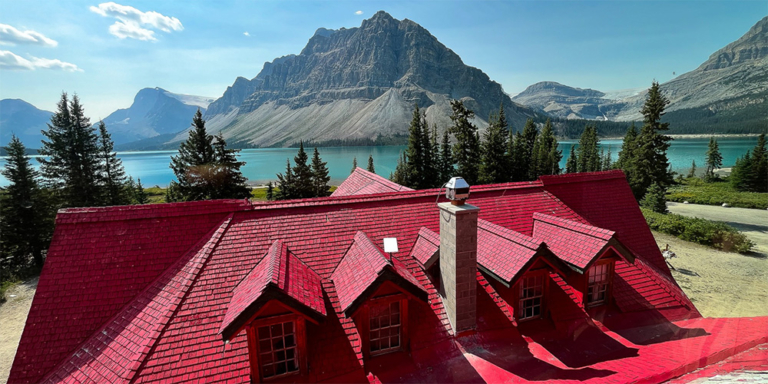According to National Geographic, the odds of being attacked by a wild bear are one in 2.1 million.
You are more likely to be killed by a bee than a bear!
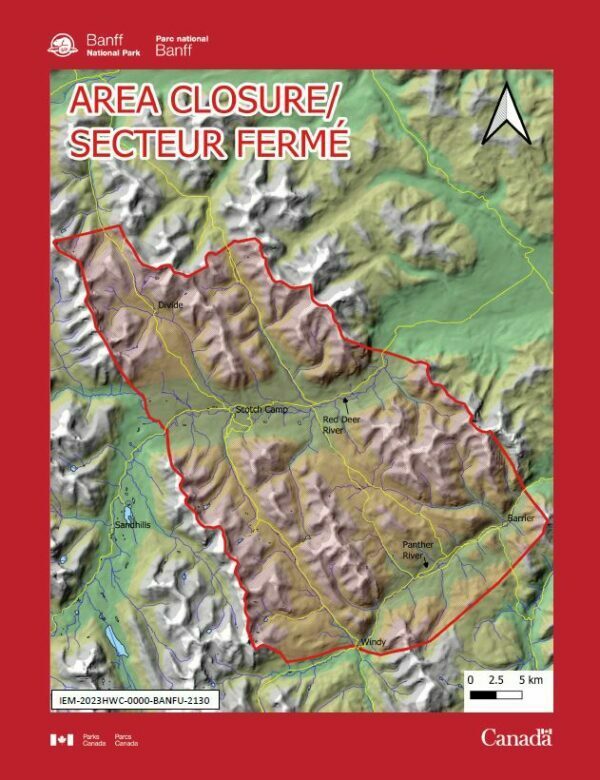

While bear attacks may be rare if you’re in bear country, it’s essential always to be prepared.
The fatal bear attack in Banff National Park on Friday night last week that left a couple and their dog dead is a grim reminder that an attack could happen to anyone, no matter how slim the odds.
Parks Canada responded to a bear attack alert at around 8 PM Friday in the upper Red Deer River drainage west of Ya Ha Tinda Ranch. But, the response team was slowed down by poor weather conditions and didn’t arrive at the scene until 1 AM.
When the team arrived at the scene, they found two deceased individuals. Parks Canada also encountered a grizzly bear showing aggressive behaviour and killed it on-site for public safety.
“Weather conditions at the time did not allow for helicopter use, and the response team travelled through the night to the location by the ground,” Natalie Fay, external relations manager for Parks Canada’s Banff field unit, told Global News.
Colleen Cassady St. Clair, a biological sciences professor at the University of Alberta, believes the bear was likely predatory, meaning the bear saw the couple and their dog as prey. It is important to note that predatory bear attacks are very rare, representing just five percent of attacks. But at this time of year, bears are desperate for food as they prepare to hibernate for the winter.
This desperation for food is called hyperphagia, a feeling of extreme hunger that isn’t usually satisfied by eating.
You may have personally felt hyperphagia with a midnight craving for pizza. For bears, hyperphagia is a natural behaviour driven by a biological need to fatten up before going to the den for the winter.
During this time of hyperactive eating, a bear spends up to 20 hours daily grazing and searching for food, trying to consume up to 20,000 calories a day. That’s like eating almost 34 Big Macs.
Parks Canada has closed the area around the attack site, including the Red Deer and Panther valleys. While the odds of being attacked by a bear are low, they aren’t zero. You accept that risk when you enter the backcountry.
A Starving Grizzly
According to information released on October 3, the bear that attacked the two backcountry campers was an under-nourished 25-year-old female grizzly. There were no cubs nor evidence that the female was nursing cubs.
“Her teeth were in poor condition and had less than normal body fat for this time of year,” said Natalie Fay, a spokesperson for Banff National Park
The husband and wife couple were experienced backcountry users and had hung their food correctly, and two cans of bear spray were found. There was no information on whether the cans had been deployed or whether there was a carcass in the area the bear was protecting.
Based on how the camp was set up, it seems unlikely the bear was surprised, but the sequence of events prompting the attack will not be known until investigations are complete.
Grizzly bear expert Bruce McLellan said, “I doubt it’s a surprise, but it doesn’t necessarily mean it’s predatory either. There are these odd, strange, very, very sad events, and you know they’re just oddities, and what actually happens is nobody’s left alive to tell the story, and there will always be some kind of a speculation,” That said, McLellan also wonders if the dog might have agitated the bear into an attack.
Protect Or Destroy?
Kim Titchener, a human-wildlife conflict specialist with a company called Bear Safety and More, fears this recent attack will pressure politicians to lift a 17-year-old ban on hunting grizzly bears.
With fewer than 1,000 grizzly bears left in the province, the species was designated as threatened in 2010 under Alberta’s Wildlife Act. Human-bear conflicts and vehicle collisions are two leading causes of grizzly bear mortality. In particular, human-bear conflicts are on the rise.
From 1999 to 2014, the number of reported conflicts between humans and grizzly bears grew by more than 30 percent, according to a study by Andrea Morehouse, a University of Alberta scientist. Morehouse points to the cancellation of the spring grizzly hunt in 2006 to explain her findings. Previously, farmers and ranchers could kill a grizzly bear that they viewed as a threat.
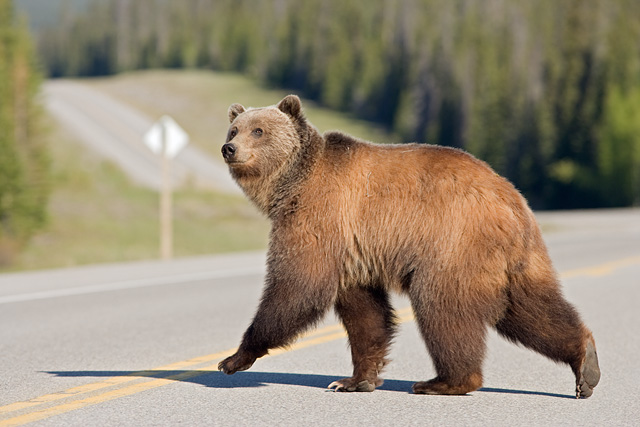

Morehouse claims the grizzly bear population is increasing by around three percent yearly, which could explain the increase in human-bear conflicts.
But this is just one explanation. Several other factors, such as increased back-country recreation and increased numbers of tourists, also contribute to increased human-bear conflicts and interaction.
In addition, Titchener believes that many recreationalists and tourists fail to take proper precautions, like carrying bear spray or avoiding bear habitat.
“We have to recognize the population is growing, and we’re going to see more interactions between humans and bears,” said Rocky Mountain House-Sundre UCP MLA Jason Nixon.
Grizzly bears are an important part of Albertan identity. The best way to protect both ourselves and bears is education.
To be safe, anyone venturing into bear country should know to make lots of noise, travel in groups, carry bear spray, avoid areas that show signs of bear activity (bear scat and tracks), and avoid areas with food sources like berries and carcasses.
Bear habitats should also be avoided during times of increased bear activity. This includes early spring when bears emerge from dens, mid-August when berries ripen, and late fall when bears prepare for hibernation.
The most recent attack may have been predatory, but Titchener pointed out other possibilities, like the bear being surprised, protecting its cubs, or reacting to the couple’s dog.
Accompanying dogs should always be leashed and under control at all times, as an unleashed dog can prompt an attack.
“Dogs are perceived by carnivores as a threat…If dogs approach a bear that has cubs with it or is on a carcass, they perceive them as a threat to their food source or their young; they will chase a dog. If the dog runs back to the owners, then the people are also perceived as a threat, and the bear will attack the people,” Titchener told Global News.
Returning to trophy-hunting bears is not a viable solution to prevent bear attacks; education is. The more informed we are as outdoor enthusiasts, the more likely bear attacks will remain extremely rare.
Nature is inherently dangerous, and killing off all the bears won’t prevent the risks of being outdoors. There are always risks in outdoor adventures; getting to the trailhead in a car is likely the most dangerous part of any outdoor activity. Be informed, and stay safe.
To learn more about how to use bear spray, see the video below.


